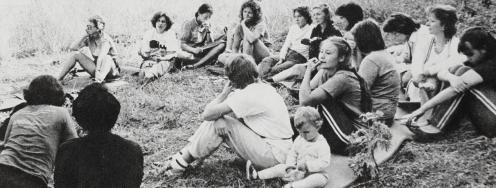Post-START
Fewer but newer. That seems to be the general trend for the U.S. and Russia as they simultaneously reduce their nuclear stockpiles while spending billions to update their weapons systems. This turn of events, on the heels of New START, creates opportunities and challenges for policymakers working to reduce the nuclear threat.
Joe Cirincione explains this new strategic and political setting in a paper for The New America Foundation, “Strategic Turn: New US and Russian Views on Nuclear Weapons.”
As Joe describes, in the U.S., arms control treaties are increasing seen as a means to advance U.S. national security interests. This view has earned the support of military officers, seasoned defense experts and, with new START, a strong majority of the Senate. But open partisan warfare in Washington is holding back further progress.
In Russia there is a move to reduce the roles and missions of nuclear weapons in security strategies. These policies are struggling to overcome security anxieties and entrenched bureaucratic memories that urge Moscow to cling to its nuclear weapons.
Given the circumstances, there is both positive momentum for a new treaty to cut nuclear weapons and a formidable few pushing back against it.
A handful of vocal politicians and relapsed Cold Warriors should not stop the bilateral push to reduce nuclear stockpiles. As Joe points out, there are many steps that the U.S. and Russia can take to reduce the nuclear threat without another grueling treaty process. This includes:
- Accelerating New START reductions;
- Adjusting nuclear targeting strategies to shed unnecessary and destabilizing Cold War practices;
- Agreeing to enhance stockpile transparency or simply coordinating reciprocal reductions beneath New START Levels.
Such smaller measures can make substantial progress and lay the groundwork for a treaty to achieve deep reductions. The U.S. and Russia have the opportunity to improve shared national security interests by taking such steps today – no Senate or Duma required.




